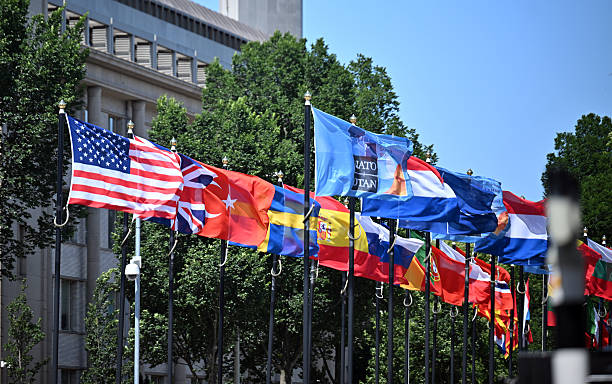Army Secretary aims high with recruiting goals
Army Secretary Christine Wormuth set high recruiting goals amidst a crisis in finding enlistees, reflecting the military’s continued focus on maintaining a strong and capable force.

Despite challenges such as a strong economy and a shrinking pool of eligible candidates, former Secretary of the Army Mark Esper announced in 2019 that he aimed to increase the size of the active-duty Army to 500,000 troops by 2028, up from what was the current level of around 480,000.
One of the primary challenges in meeting this goal is the difficulty in finding enough qualified candidates to enlist. The Army’s requirements for physical fitness, education, and criminal records have severely limited the pool of potential recruits for years.
Army secretary shoots high for recruiting goals despite crisis in finding enlistees: reports https://t.co/m13YBNFq6l
— Fox News (@FoxNews) February 27, 2023
Additionally, with a strong economy and low unemployment rates, many young people have other career options that may be more appealing than a military career.
To address these challenges, the Army has been implementing a range of strategies to increase recruiting efforts. These include expanding outreach efforts to underrepresented communities, offering bonuses and other incentives to potential recruits, and streamlining the enlistment process to make it easier and more accessible.
In 2018, the Army fell short of its recruiting target for the first time in more than a decade, prompting concerns about the sustainability of the military’s long-term recruitment strategy. However, the Army has continued to press forward with its recruitment goals, recognizing the critical importance of maintaining a strong and capable military force in an increasingly uncertain global environment.
The Army Secretary’s decision to set high recruiting goals despite the challenges in finding enlistees reflects the military’s continued commitment to maintaining a strong and capable force.
While there are significant obstacles to achieving these goals, the Army’s ongoing efforts to expand outreach, offer incentives, and streamline the enlistment process are indicative of the military’s dedication to meeting the challenges of recruitment in the 21st century.





.avif)
.jpg)
Conversation